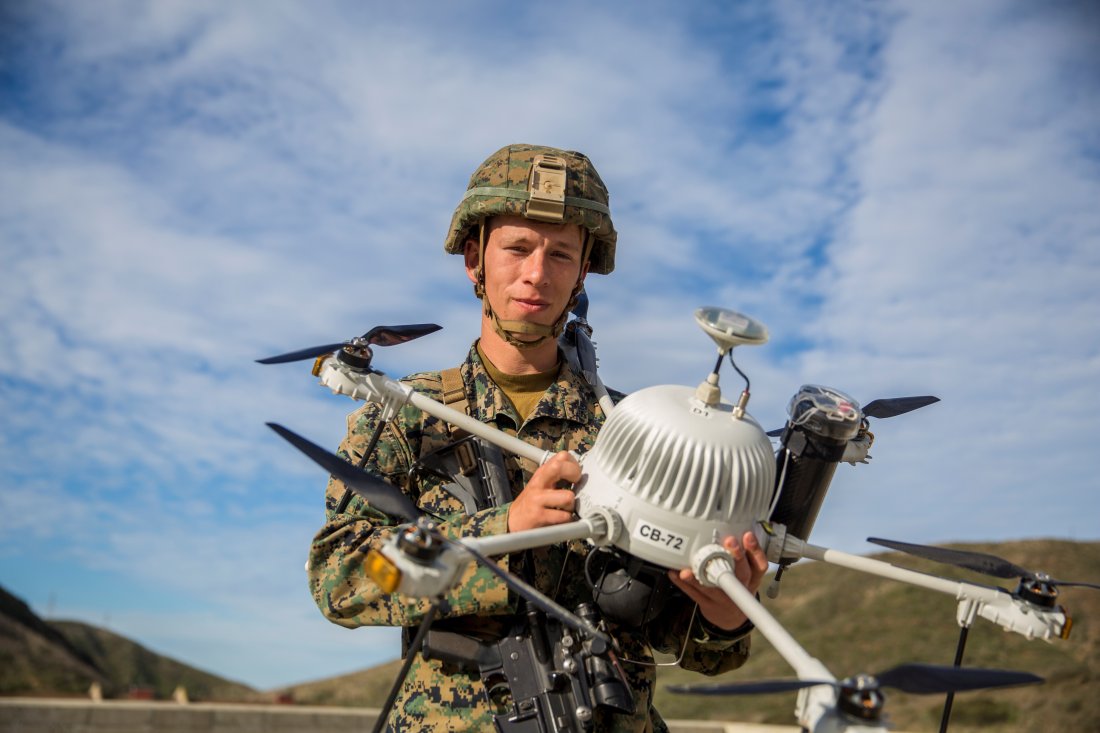The U.S. Military Is Working on Mind-Control for Drones
The U.S. Defense Advanced Research Projects Agency has tested an implant that allows an operator to simultaneously control, with their mere thoughts, up to three unmanned aerial vehicles.The technology could one day lead to a direct interface between human beings and UAVs.
But full mind-control for drones is still a long way off. Loosely controlling one small UAV is one thing. Directly controlling several sophisticated drones, with full two-way communication, is quite another.
The mind-control trials took place in Pittsburgh between June 2016 and January 2017, according to DARPA. Using what the agency called a “bidirectional neural interface,” a volunteer named Nathan Copeland was able to simultaneously steer a simulated lead UAV and maintain formation of two additional simulated aircraft in a flight simulator, said Tim Kilbride, a DARPA spokesperson.
Copeland, who is partially paralyzed, never actually steered a real drone using only his thoughts. Instead, he channeled his thoughts through a medical implant embedded in his skull, which used electroencephalogram, or EEG, to interface with a computer simulation of a drone navigating an obstacle course, all while two robotic wingmen trailed behind it.

No comments:
Post a Comment